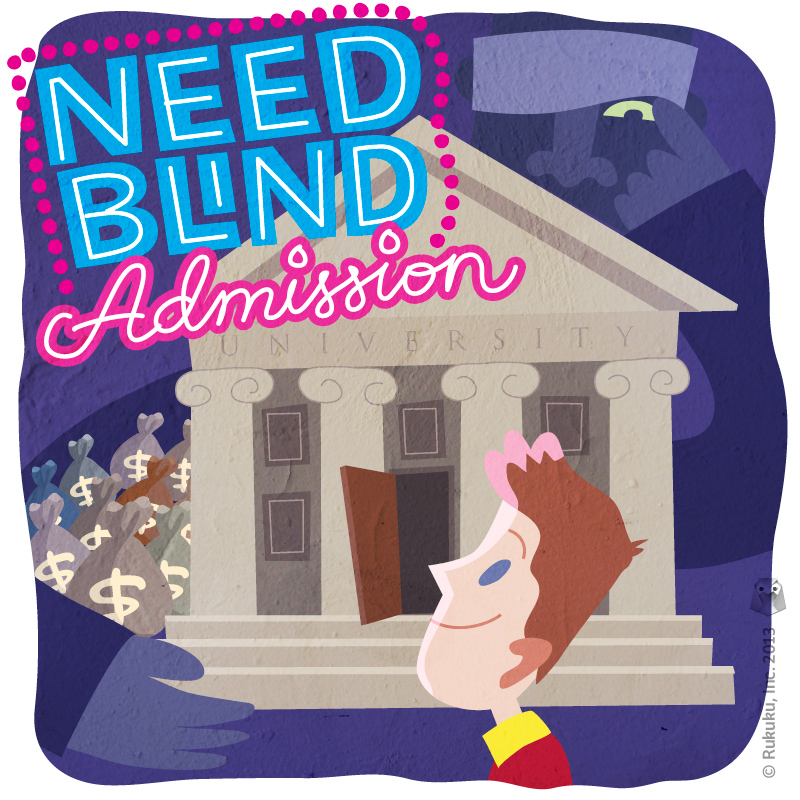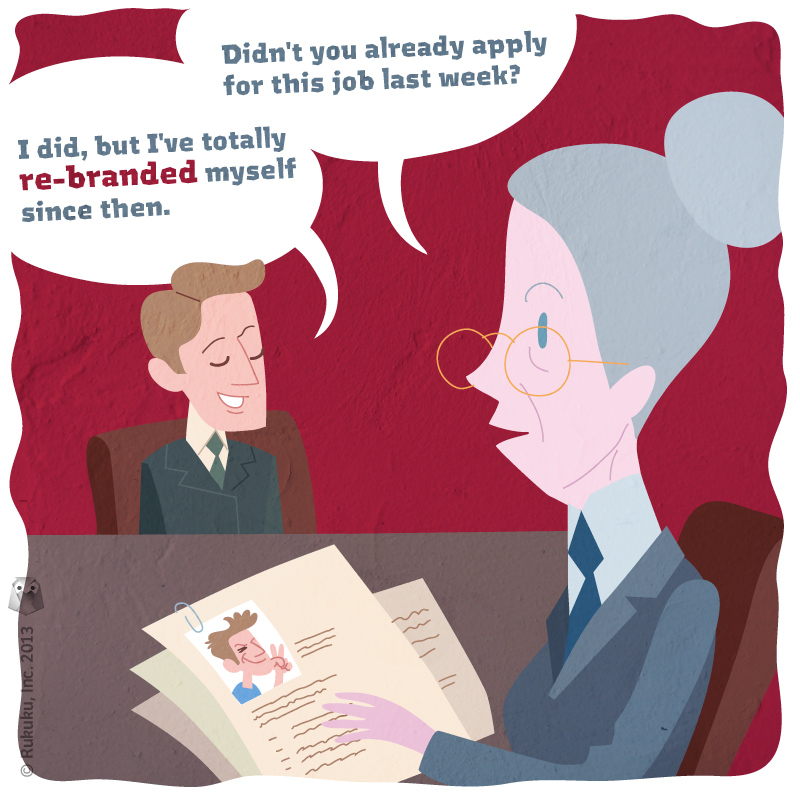I am a huge fan of need-based aid, as I described in this post last week. That doesn’t mean there aren’t some problems with the system. At the end of the day, most universities still prefer students that can pay their part. To do this, while maintaining the need-blind admission label, universities have employed a few techniques.
One of these ways is early admission. Early admission policies allow students to apply in the fall to their favorite schools, and in return, those students must commit earlier to attend these schools. That seems harmless enough on the surface. In fact, a senior year of high school where one already has college plans sorted sounds like a lot of fun.
The problem is, information on financial aid packages is still not available until the spring. If the amount of financial aid offered could influence your decision (aka, paying full price is not an option for you), then you may not be able to commit early. This is one way that colleges can ensure they are getting students that can contribute more in tuition.
A second way is by offering merit-based scholarships rather than need-based scholarships. How could offering more scholarships be bad for poorer students? Seems crazy, right? This is how it could work. A $5000 merit-based scholarship for a student that can pay the remaining $20000 is far better for the school than offering a $20,000 need-based scholarship for a student that can only pay $5000. With that $20,000 need-based scholarship, the school can offer four $5000 merit scholarships, bringing in $80,000 in tuition.
This is especially helpful for state-owned schools, where out-of-state students pay a much higher price. Giving them a merit-based scholarship may convince them to attend, when they will actually still pay much more than the average student. According to a May study by the New America Foundation, the percentage of students at private universities that received merit-based aid increased from 24% to 44% from 1995-97 to 2006-07, while the percentage receiving need-based scholarships decreased from 43% to 42%.
Along similar lines, the increase in student loan limits seems at first like a measure that should help low-income students. In reality, however, the increase in student loan limits has come with rising tuitions. There are many reasons for those rising costs, as we’ve discussed in past posts, but the net result is that low-income students graduate with much more debt than in the past. Students graduated with an average annual debt load of $35,200 this year, according to research from Fidelity Investments.
So what’s happened as a result of all this? Unsurprisingly, high-performing students from lower income backgrounds are less likely to attend prestigious schools. This has some serious consequences for those students. Similarly performing students that attend more selective universities have better chances of graduating and higher lifelong earnings.
According to research from the Georgetown Public Policy Institute, students with SAT scores of 1100-1199 that attended one of the 468 most selective schools had an 81% graduation rate, while those that attended open access two and four year schools had graduation rates of only 53%. Ten years after finishing schools, the graduates from the selective programs made $67,000 a year, on average, compared to $49,000 for those attending less selective schools.
The new ranking system that the Education Department is working on may address some of these issues. It will be tough to reach the proper balance in that ranking, as we’ve highlighted before, but it is a project worth pursuing.
For the record, the New America Report highlighted the fifteen schools below for being particularly generous in offering need-based aid, so for any of you out there looking at colleges, keep these guys in mind: Amherst College, Vassar College, Grinnell College, Williams College, MIT, Wellesley College, Cooper Union, Stanford University, University of Richmond, Pomona College, Rice University, Cornell University, Bowdoin College, Wesleyan University, and Dartmouth College.


